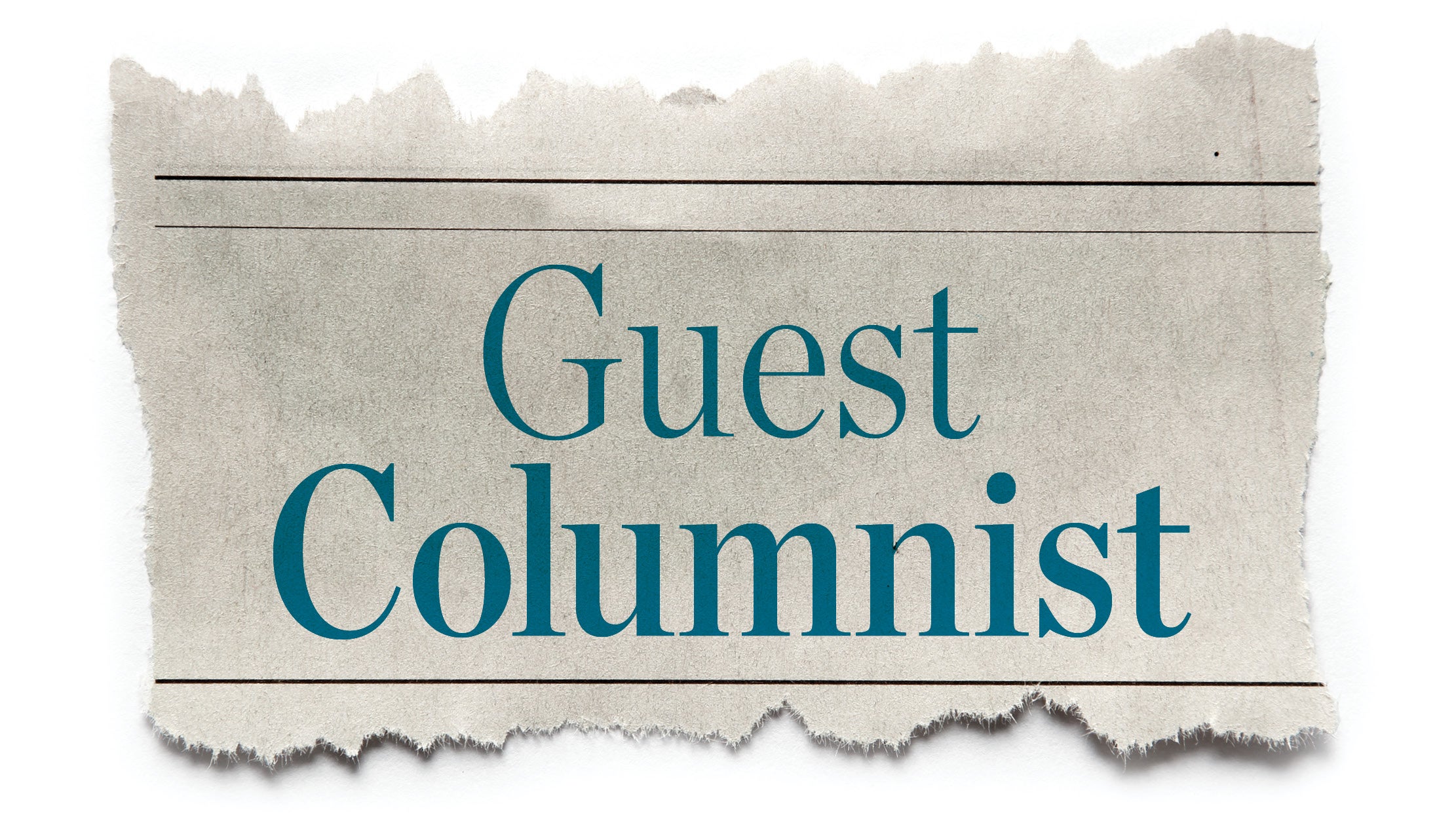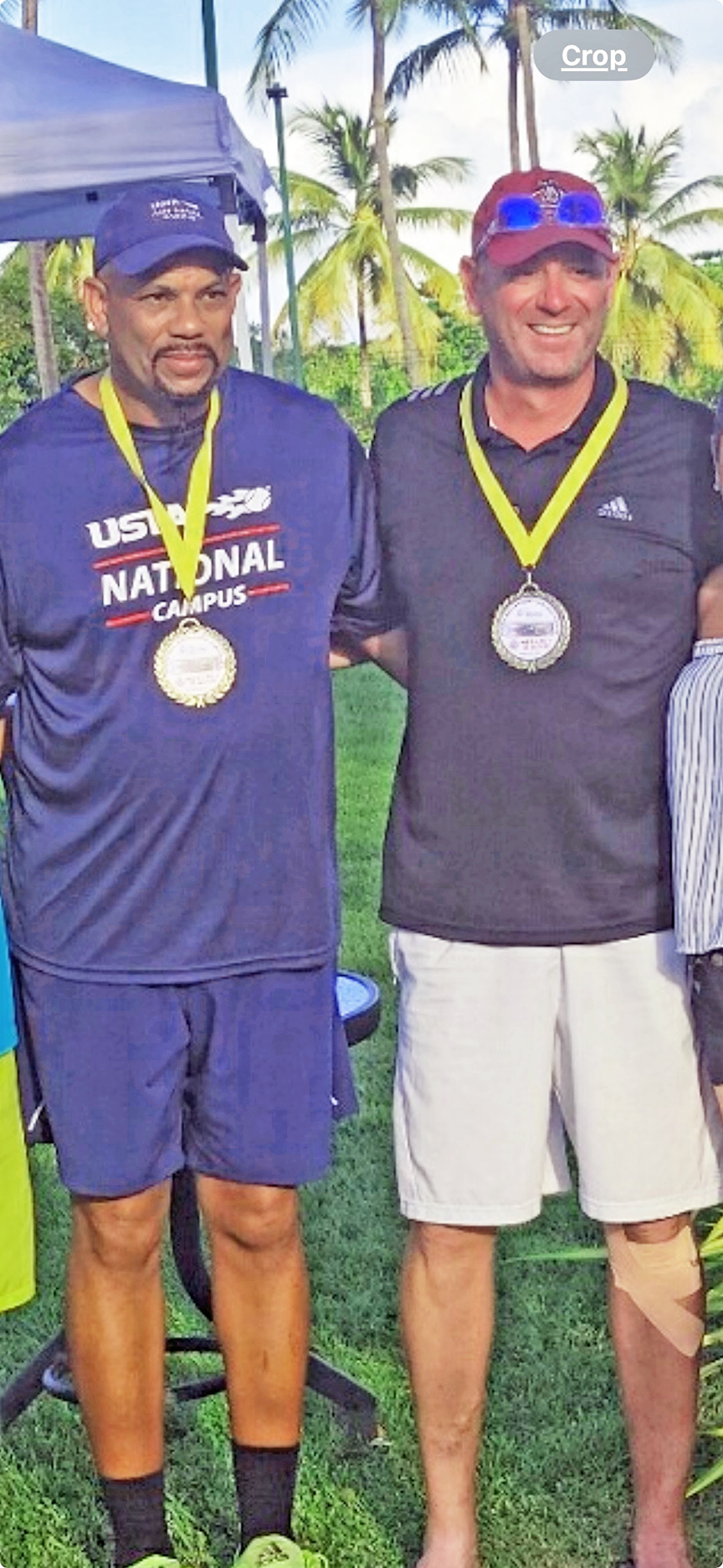Caring for the old cat triad
Published 5:00 am Saturday, May 18, 2024
I walked in the room and glanced at Whiskers. He was older, thin and the history said he wasn’t doing as well. As a veterinarian, I’ve encountered my fair share of feline companions, each with their own unique health journeys.
Among the myriad of conditions that affect our feline friends, there’s a trio of diseases that often presents a formidable challenge, especially in our elderly feline patients – the notorious “Old Cat Triad.”
This trio is comprised of chronic kidney disease (CKD), hyperthyroidism, and hypertension, with the additional complication of hyperkalemia.
Whiskers is a charming 15-year-old tabby cat whose guardians brought him to my clinic with concerns about his recent weight loss and increased thirst. A quick physical examination and blood tests confirmed our suspicions – Whiskers was grappling with not one, but two components of the Old Cat Triad: chronic kidney disease and hyperthyroidism.
Chronic kidney disease is common in senior cats. It is because there is a gradual loss of kidney function over time. Increased thirst, frequent urination, weight loss, and decreased appetite are signs. In Whiskers’ case, his blood work revealed elevated kidney values and dehydration, indicative of compromised renal function.
He also had hyperthyroidism, another prevalent condition in older cats.
I suspected this as soon as I heard the rapid heart rate. Too much thyroxin was also wreaking havoc on Whiskers’ health. This thyroid disorder accelerates the metabolic rate, leading to symptoms such as weight loss despite a ravenous appetite, increased thirst, restlessness, and occasionally, vomiting. Whiskers exhibited classic signs of hyperthyroidism, further confirmed by his markedly elevated thyroid hormone levels.
Managing one of these conditions alone can be challenging, but navigating the intricacies of both CKD and hyperthyroidism concurrently adds another layer of complexity to the treatment plan. In Whiskers’ case, we had to tread carefully to address both conditions effectively while considering their potential interactions and contraindications.
Our approach began with stabilizing Whiskers’ hydration and kidney function. We initiated fluid therapy to correct his dehydration and prescribed a kidney-friendly diet to support his renal health. However, managing hyperthyroidism necessitated a different strategy.
Antithyroid medication was prescribed to regulate Whiskers’ thyroid hormone levels and alleviate the symptoms associated with hyperthyroidism.
But there’s more to the Old Cat Triad than just CKD and hyperthyroidism.
Hyperkalemia, elevated potassium levels in the blood, often accompanies CKD and poses its own set of challenges. In Whiskers’ case, his compromised kidney function led to impaired potassium excretion, resulting in hyperkalemia. This electrolyte imbalance can have serious consequences, including cardiac arrhythmias and muscle weakness, necessitating careful monitoring and management. Older cats have trouble metabolizing potassium, so as we get his CKD under control, we will have to reevaluate his potassium levels.
Given Whiskers’ pre-existing conditions, we couldn’t afford to overlook the looming threat of hypertension. While CKD indeed contributes to hypertension in many cases, the implications of high blood pressure on kidney function cannot be ignored. Elevated blood pressure exacerbates renal damage, creating a vicious cycle of worsening kidney function and hypertension. Therefore, addressing hypertension was crucial in mitigating further kidney damage and preserving overall health.
Managing Whiskers’ triad of ailments required a delicate balance of medications, dietary modifications, and regular monitoring. Each component of the Old Cat Triad influenced the other, necessitating a holistic approach to treatment. Regular check-ups are the norm, allowing us to track Whiskers’ progress, adjust medications as needed, and address emerging complications.
Months passed, and Whiskers’ journey towards optimal health wasn’t without its ups and downs. We encountered setbacks along the way, from dosage adjustments to occasional flare-ups of symptoms.
However, with unwavering dedication and collaborative effort between Whiskers’ guardians and our veterinary team, we persevered through the challenges, witnessing gradual improvements in Whiskers’ overall well-being.
Today, Whiskers stands as a testament to the resilience of our feline companions and the power of comprehensive veterinary care. While the Old Cat Triad poses a formidable challenge, it’s not insurmountable. With early detection, diligent management, and a tailored treatment approach, we can navigate the complexities of CKD, hyperthyroidism, hyperkalemia and hypertension, empowering our feline friends to enjoy a comfortable life in their golden years.
Whiskers’ story is a reminder of the importance of regular veterinary check-ups, especially for our aging feline companions. By staying vigilant and proactive in monitoring their health, we can detect and address the Old Cat Triad and other age-related ailments early, ensuring a higher quality of life, before it is too late.
MJ Wixsom, DVM, MS, is a best-selling Amazon author who practices at Guardian Animal Medical Center in Flatwoods, Ky. GuardianAnimal.com 606-928-6566






